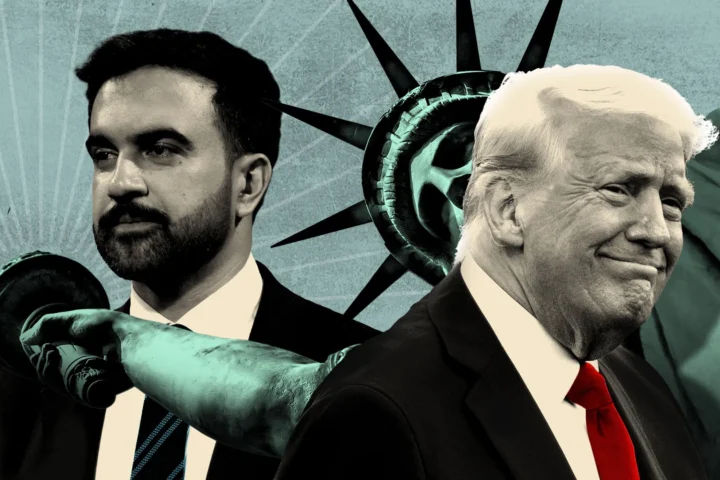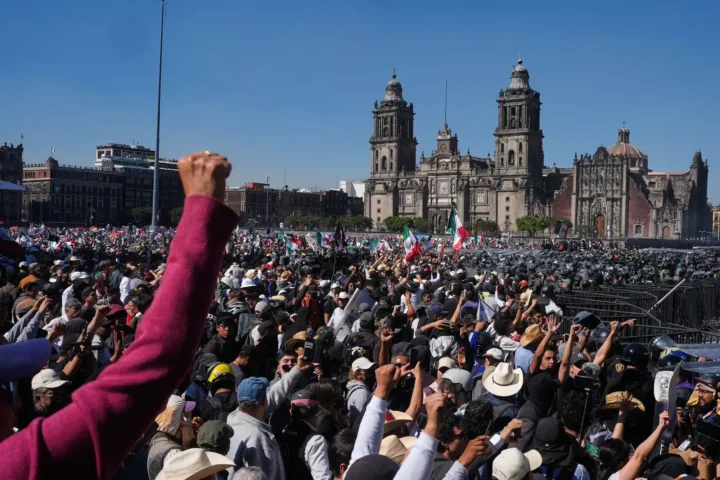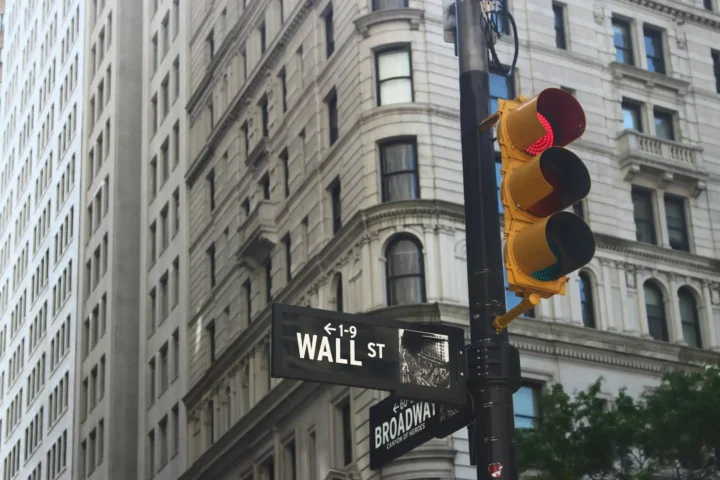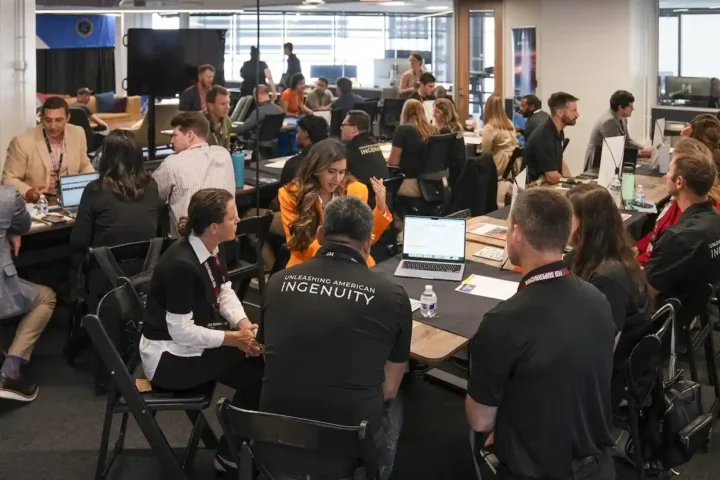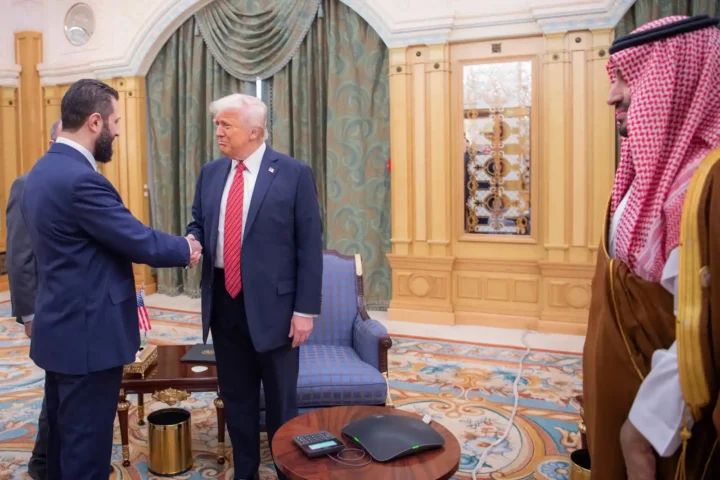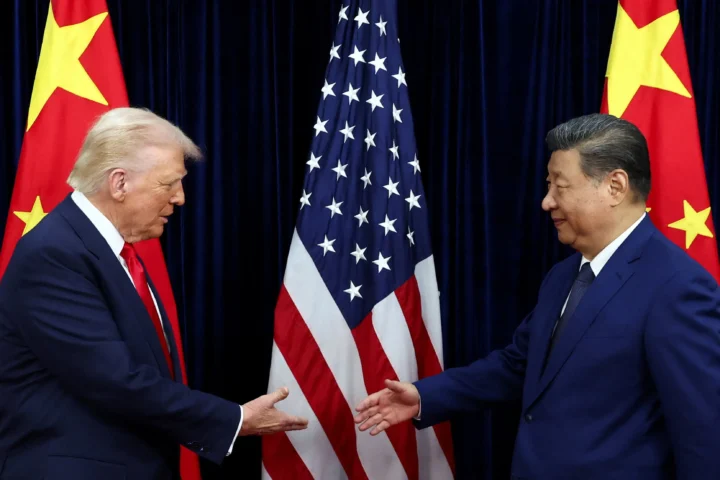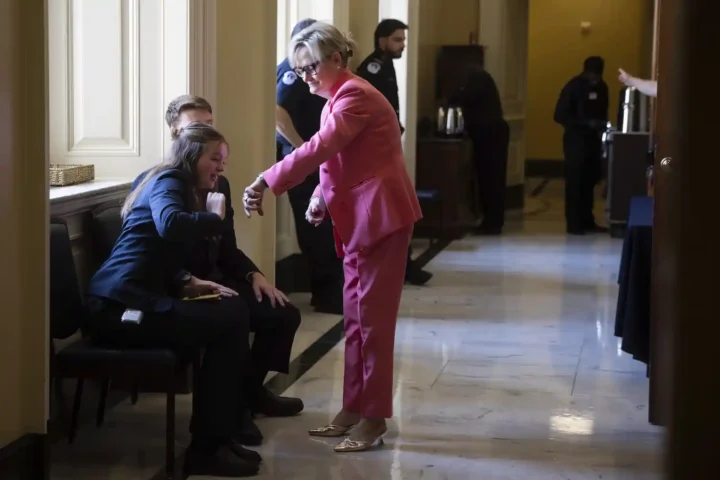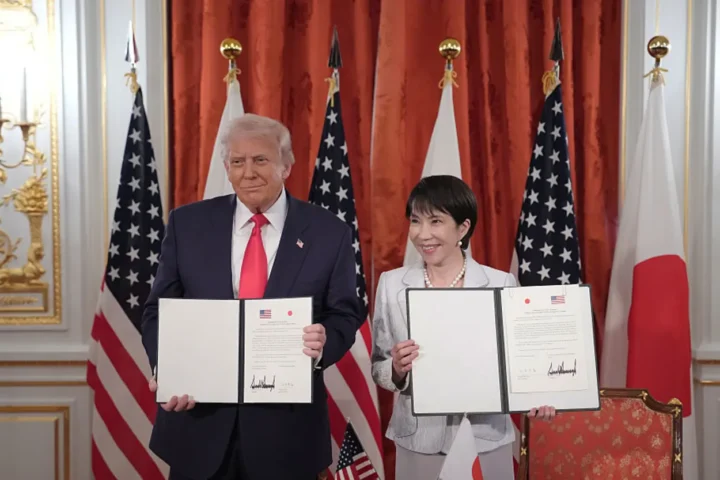China’s rise in Latin America has often been analyzed through the lens of raw economics and geopolitics. The new port in Chancay, Peru, inaugurated in 2024, is routinely framed as a strategic outpost in the Pacific that will facilitate Chinese access to South American markets while cementing Beijing’s footprint in the hemisphere. Yet this conventional framing overlooks an essential dimension of the story: China’s deliberate, patient, and highly strategic use of cultural engagement to smooth the path for Chancay’s success. What may appear at first glance as side gestures—museum exhibits, cultural exchanges, or symbolic language—are in fact pillars of a broader strategy. Cultural diplomacy has been deployed in tandem with infrastructure investment, enabling Beijing to embed itself more deeply into Peruvian society and narratives of national pride.
The Long Horizon of Chinese Planning
Chancay’s story is not one of sudden conquest but of gradual preparation. As early as 2013, Chinese companies began investing in Peru beyond ports and mines. Donations to schools, hospitals, and local facilities built a reservoir of goodwill that made later negotiations smoother. This long-horizon approach is characteristic of Beijing’s global infrastructure strategy. Unlike Western powers, whose engagement often spikes around elections or crises, China tends to build durable trust through steady, visible acts that resonate with local populations.
By the time construction of Chancay advanced, Peruvians were already accustomed to seeing Chinese names associated with improvements in daily life. This grounding in community welfare undercut narratives of Chinese extractivism and instead cultivated an image of a partner invested in Peru’s development.
Cultural Diplomacy as Strategic Infrastructure
If Chancay is a material node in China’s Belt and Road Initiative (BRI), cultural diplomacy is its immaterial twin. Beijing consistently couples hard investment with “soft infrastructure”: the building of shared narratives, historical parallels, and symbols of civilizational kinship.
The 2016 celebration of 45 years of diplomatic ties between China and Peru was a landmark moment in this regard. During Xi Jinping’s state visit, the National Museum of Archaeology in Lima hosted the exhibit River of Civilization – Mutual Learning between China and Peru. Xi himself guided Peruvian officials through the halls, explicitly linking Chinese antiquity with Peru’s Incan legacy. The message was clear: China was not merely a distant investor but a civilizational peer that recognized Peru as the heart of America’s ancient cultures.
Such events were not incidental. They laid the cultural groundwork that made China’s subsequent economic overtures appear natural, almost inevitable. As the museum director later observed, cultural exchanges had deepened Peruvians’ sense of shared history with China—an intangible asset with tangible political dividends.
Museums as Arenas of Diplomacy
Museums have emerged as one of Beijing’s favored platforms in Peru. In 2023, the traveling exhibit Journey Through Civilizations: An Encounter with Liangzhu opened in Lima, spotlighting China’s 5,000-year civilization narrative. Students from Peru’s Confucius Institute remarked on the surprising similarities between Chinese and Incan artifacts, an impression that reinforced the idea of a trans-Pacific brotherhood.
At Cusco’s Museo Inka, the exhibit Light of the Sun: A Dialogue Between Ancient Shu and Inca Civilizations extended this theme, presenting 3D-printed replicas of Chinese artifacts alongside Incan relics. Locating this exchange in Cusco, the launchpad to Machu Picchu, ensured that both locals and international tourists absorbed the message of cultural equivalence.
The exchange has been bidirectional. When President Dina Boluarte visited Shenzhen, her first stop was the Nanshan Museum, which was exhibiting Peruvian relics. This symbolic reciprocity underscored Beijing’s claim that its engagement with Peru is not extractive but respectful, rooted in dialogue and mutual recognition.
Symbolism at the Highest Levels
These cultural gestures take on amplified meaning when paired with high-level political rituals. Xi Jinping’s consistent rhetoric portrays Peru not merely as a trade partner but as a “Pacific neighbor” with whom China shares ancient civilizational stature. At Chancay’s inauguration, Xi drew a deliberate line from the Inca Trail of the 15th century to the 21st Century Maritime Silk Road—embedding the port within a continuum of human progress rather than a narrow economic project.
Such symbolism resonates in a region long sensitive to Western paternalism. By elevating Peru as a peer civilization, Beijing offers a flattering narrative that contrasts sharply with U.S. approaches, which often reduce Latin America to a zone of instability, migration, or security risks.
Contrasting U.S. Absence and Chinese Presence
The contrast with Washington could hardly be starker. When Boluarte visited the United States in 2023, the White House did not extend her an invitation. By contrast, her trip to China in 2024 included personal tours, museum visits, and meetings with top corporate leaders like BYD, Huawei, and COSCO. These companies already dominate Peru’s energy grid and port infrastructure, illustrating the seamless connection between cultural diplomacy and economic leverage.
Chinese state media amplified the symbolism, linking Incan seafaring traditions to Chancay and highlighting Peru’s large ethnic Chinese community as evidence of long-standing ties. CGTN’s video Inca Culture Meets Modernity directly tied archaeological artifacts from Chancay to the port’s strategic role in the BRI.
Narrative Framing and Strategic Autonomy
This cultural scaffolding also serves a geopolitical purpose: insulating Peru from U.S. pressure. Chinese outlets praised Boluarte’s “strategic autonomy” in maintaining ties with Beijing despite Washington’s warnings about dual-use infrastructure. Peru’s foreign minister reinforced the point, reminding the U.S. that it too was welcome to invest—if it had the will.
Washington’s reliance on fearmongering, unaccompanied by credible alternatives, has been received as paternalistic. By contrast, Beijing offers visible projects and flattering narratives of partnership. The Chancay port’s inauguration, timed with the 2024 APEC summit, symbolized this contrast: China delivers results, while the U.S. appears absent or dismissive.
The Broader Pattern
Chancay exemplifies a pattern that Beijing is replicating across the Global South. Infrastructure projects are never just about concrete and steel. They are embedded in a tapestry of cultural gestures, symbolic rhetoric, and narratives of shared destiny. For China, museums and monuments are as essential as cranes and cargo ships.
This dual track of investment and identity formation is central to the Belt and Road Initiative’s durability. By cultivating not just governments but publics, China builds resilience against political turnover, ensuring its projects are viewed not as foreign impositions but as natural extensions of local history.
The Soft Edge of Hard Power
The Chancay port is a triumph of Chinese strategy in Latin America, but its success cannot be measured in shipping capacity alone. It represents the culmination of a decade of patient cultivation, where cultural diplomacy functioned as a form of soft infrastructure every bit as vital as the port itself.
By weaving Peru into a story of civilizational kinship, Beijing has created a framework in which Chancay appears not as a foreign imposition but as a natural evolution of history. This subtle power play highlights a critical lesson: in the contest for influence in the Global South, symbols and stories matter as much as steel and concrete.


